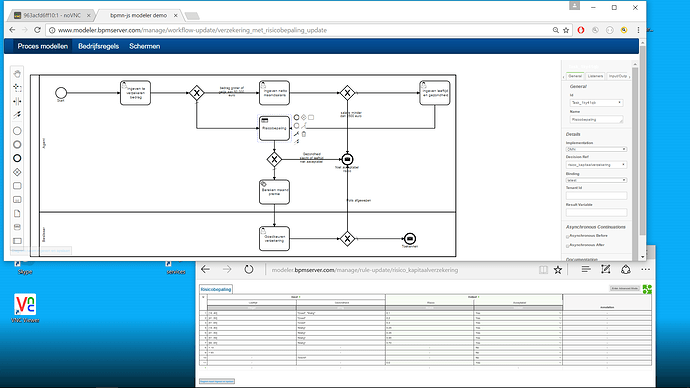TLDR; agile means adapting to the current situation, ever improving and searching for better ways to do things not getting stuck into a status quo and buzzwording on the train with lots of tool like lots of modern “agile implementations”
The problem is not “Agile” and its ideas but how it is applied and sold in many instances. A good friend of mine who was around for the early XP conferences blames it on Scrum being created by business people and sold to business people and engineered in a way that managers still have a comfortable spot. True agile software development doesn’t use all these fancy tools, it uses pen & paper…
True agile is about… well being agile - not following processes but doing what works best for your team. Try new stuff out, doesn’t work? Try something else. One of my favorite posts is Uncomfortable with Agile by Andy Hunt
A truly agile project team lives on the edge of chaos.
Not slipping back into a comfortable, somnambulant stupor, and not pitching forward over the edge and into the dark abyss of chaos. Do too little and you stagnate, too much and you crash.
Dave Thomas also formulated his “Agile is dead” thoughts in a blog post (haven’t watched the video though)
And I think one of the biggest problems is that everyone does “Agile” but most of try to do it by the book which is SUPER WRONG to my mind, some just pick and choose some parts of it and get totally diminished values. You gotta be agile to be cool, from Dave’s post:
Once the Manifesto became popular, the word agile became a magnet for anyone with points to espouse, hours to bill, or products to sell. It became a marketing term, coopted to improve sales in the same way that words such as eco and natural are. A word that is abused in this way becomes useless—it stops having meaning as it transitions into a brand.
In addition you can pay $$$ to become a certified scrum master within a weekend which is an enormous sad joke. Lots of “Scrum Masters” I met had no idea what they were doing, what they were doing was gardening JIRA and being gloomy when someone was late for standup but not really facilitating, unblocking people and improving the work flow as they ought to do.
In essence, I still believe in the ideas and values of Agile but I think most corporations don’t get them and think they do “Agile” thereby ruining it for the most part as they buy all the fancy tools to be “agile”.
About the values, Andrea Tomasini once gave a talk called “Why practices are not as important as principles” beautifully illustrating what happens with those agile practices if the company/people don’t understand and value the principles, which is what I feel happens at a lot of companies. I’m sure some of those feel familiar to some people here, little extract:

Sorry for ranty tone and lengthy post, but as you can probably tell how “Agile” is often implemented and executed is somewhat aggravating to me while I really like the core principles, values and practices while I still believe we might be able to come up with something better eventually.





 toolvendor:
toolvendor: 



















